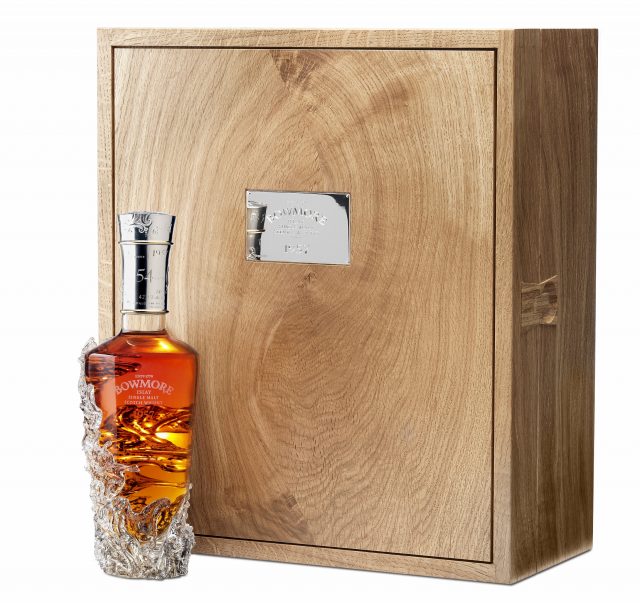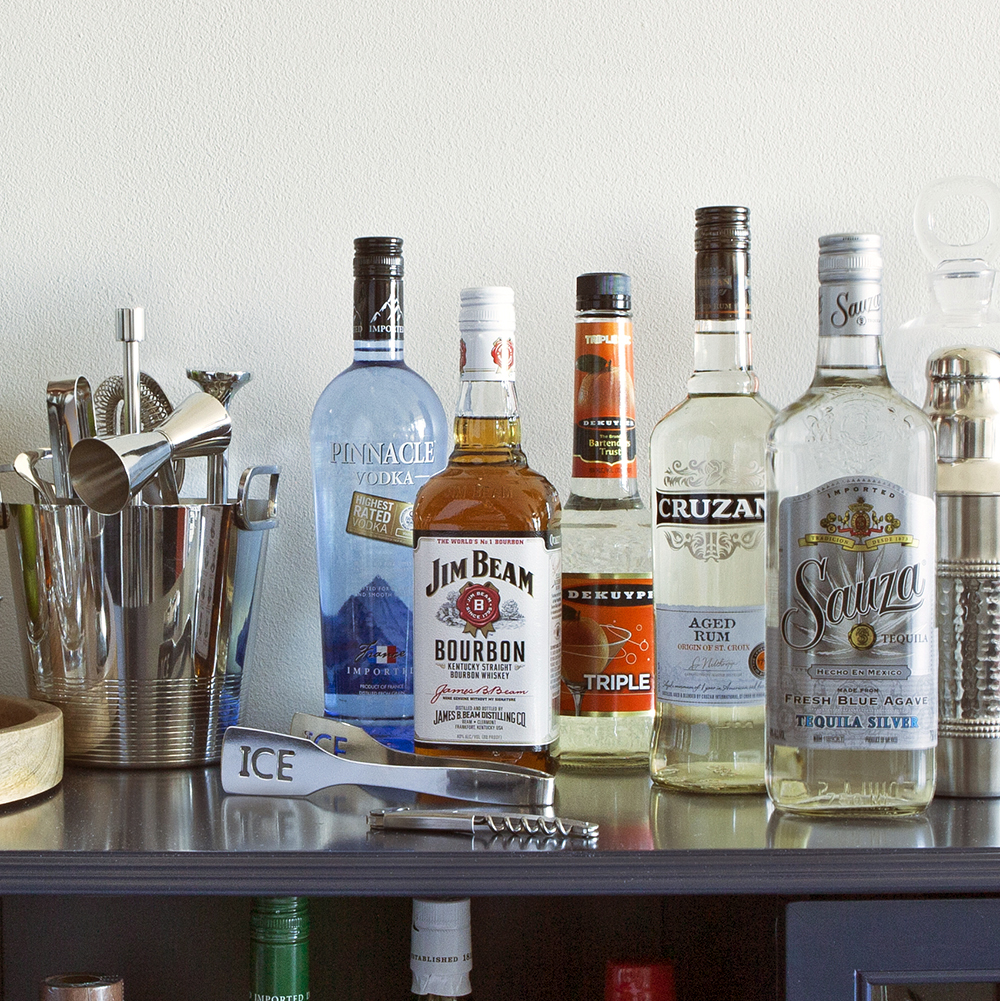Enough Already: Whisk(e)y Does Not Get Better In The Bottle
Collecting whiskey can be a fun pastime. Snapping up limited edition and rare bottlings is part of the American way when it comes to how we do high-end booze in this country. No matter your motivation for establishing a collection, whether to enjoy later to nerd out, save it for a special occasion, or even turn it around for profit, it’s all good. Do what you like…it’s your whiskey.
However, there is something that continues to drive me crazy when it comes to whiskey. Over this past weekend I was doing some research on new whiskeys that were arriving in the U.S. market, seeking out some commentary and determining if they could be fits in upcoming programs I am leading (shameless plug: March 14th Irish Whiskey class!). During my personal recon mission, I came across this review of a whiskey that read like fingernails sound on a blackboard:
Aside from providing good beverage recommendations and getting you plugged into various aspects of the industry, I find the most important service I can provide is steering you clear of bad information and outright nonsense. If you ever see a review of a product that says, “I will give this a few more years to age and try it again…” or anything else of that ilk, you should immediately ignore the review of the product. The fact is, whiskey (and other spirits) do not improve in the bottle.
Say it with me again, whiskey (and other spirits) do not improve in the bottle.
Adding a whiskey to your collection should NEVER be done with the thought that the 1964 Macallan Special Selection Bottled in 1981 is going to suddenly turn into some otherworldly unicorn blood that will drink better than it did 38 years ago. No matter when you open the bottle, whether it is the day you purchase it or at any point in the future, it is still a 17 year old single malt Scotch whisky.
Unlike the long-lived wines of the world, spirits are missing important components that lead to ageability. With time, natural tannins from red wine grapes integrate with intense fruit concentration, alcohol, acids, and where applicable residual sugar to have molecular reactions leading to a softer texture and more fulfilling experience than you would have if those bitter, mouth-drying elements were younger. In the case of ageworthy white wines, acid, alcohol, fruit concentration, and residual sugar all work in tandem to preserve the wines and add a honey-like texture and flavor with time in the bottle.
Above: It doesn’t matter if you spend your money on an everyday workhorse for $19 or a custom-made luxury bottle for $170,000, both are ready to drink now…and neither is improving with further aging.
All of whiskey’s flavors are developed during fermentation, distillation, and barrel aging. Whiskey has plenty of alcohol to keep itself stable in the bottle, but nothing else mentioned above to help it evolve into something different the way wine does. The same goes for brandy, rum, and Tequila. As a matter of fact, the only thing time does to your spirits is add a threat of deterioration. You have to keep your spirits stored in a cool, dark place. Heat and light can make flavors and natural colors fade and prolonged exposure to either can lead to more rancid flavors in whiskey, too much earthiness in gin (all citrus and floral aromas dissipate completely), soapy flavor in Cognac, or a vinegar and shoe polish-like compound in rum. All bad.
Remember that all spirits are bottled ready-to-drink the day you buy them. If you open another bottle of the same whiskey you didn’t like a few years ago, the only reason you would like it today is because your palate evolved, not because the spirit did. If you are considering starting a collection, do it for any reason other than hoping the contents of the bottles are going to improve with time, because it is just not going to happen.























